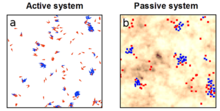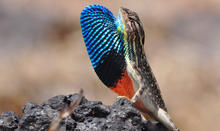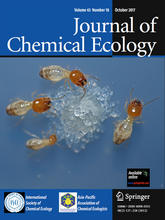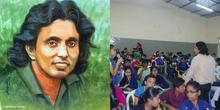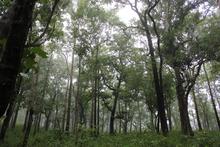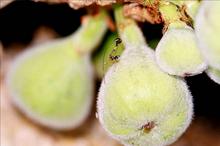Dynamic evolution of olfactory receptor genes in mammals: Possible link to anatomy and ecology
Yoshihito Niimura
Olfaction, the sense of smell, is essential for the survival of most animals. It is used for foraging, communicating with conspecifics, and recognizing predators. Diverse odor molecules in the environment are detected by olfactory receptors (ORs) expressed in the olfactory epithelium of the nasal cavity. There are ~400 and ~1,100 OR genes in the human and mouse genomes, respectively, constituting the largest multigene family in mammals. Bioinformatic analyses using various genome sequences revealed that the numbers of OR genes vary greatly among species: African elephants have the largest number of functional OR genes ever examined, with ~2,000, while bottlenose dolphins, which have completely lost the olfactory apparatus, retain only ~10.
In my talk, I would like to introduce our recent study on the degeneration of OR genes in primate evolution, since it provides an excellent example of how anatomical/ecological factors affect the OR gene repertoire in each species. I will also briefly mention preliminary results on the OR genes in Asian elephants.
Population history of whales (and elephants) based on individual whole-genome sequences
Takushi Kishida
Speciation in the open ocean has long been studied, but it remains largely elusive how populations of highly mobile animals, such as whales, in such an open environment become reproductively isolated. Baleen whales of the genus Balaenoptera undertake extensive migrations, and there are few obvious barriers that potentially isolate their populations in the open ocean. In this talk, population history of common minke whales B. acutorostrata and Antarctic minke whales B. bonaerensis was inferred based on the whole genome sequence data of an individual, and discuss about speciation of these two species using such recently-developed genomics tools. I will also talk about very preliminary data on the demographic history of Indian elephants and presence of a bottleneck during the last glacial period.


